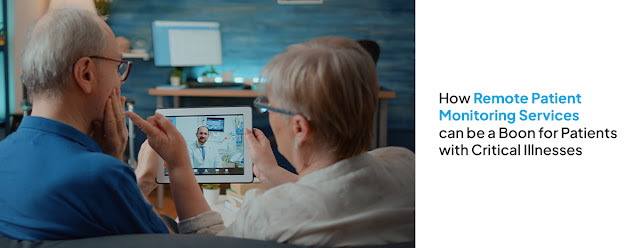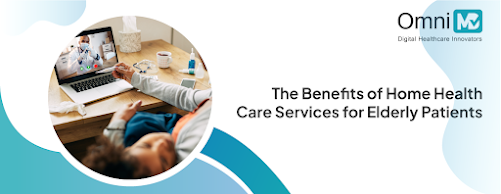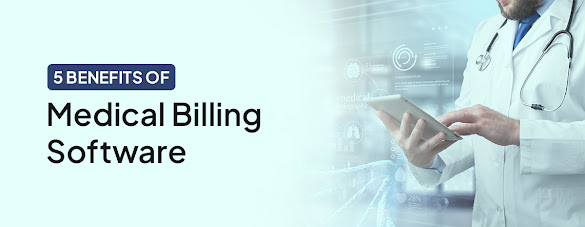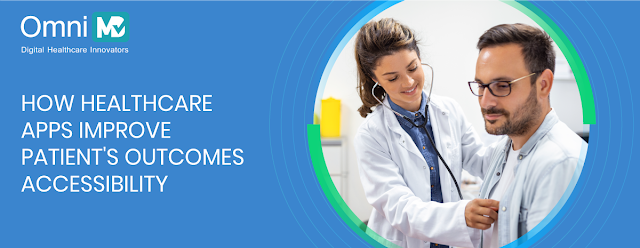How Remote Patient Monitoring Services can be a Boon for Patients with Critical Illnesses
Remote Patient Monitoring (RPM) is not new. It was in
vogue even before the COVID-19 pandemic. However, in the post-pandemic
scenario, it is gaining much popularity because of its ability to help patients
with critical illnesses in the best possible manner. Today, Remote Patient Monitoring Services are the first choice for many patients and health practitioners.
These services are being rapidly embraced by hospitals worldwide. As the name
suggests, RPM is used
to monitor patients remotely with the help of digital technology. It has been
found particularly useful in the case of patients with critical illnesses and
situations that require post-acute care at home. Due to their illness, these patients require superior medical attention
than other patients.
RPM and Chronic Conditions
Practitioners and patients can
leverage Remote Patient Monitoring to effectively manage common chronic conditions such as heart
disease, diabetes, and COPD. In the USA alone, nearly one-third of annual
deaths are attributed to heart disease and stroke. This translates to more than
859,000 Americans. These two diseases cost the U.S. healthcare system around
$200 billion annually. The cost to U.S. employers is about $130 billion in lost
productivity annually. More than 34 million people in the United States are
living with diabetes, costing Americans more than $325 billion in medical and
lost productivity costs. The projected cost of chronic lung issues is around
$50 billion annually. This condition causes U.S. workers to miss more than 16
million workdays collectively per year. The manifold benefits of RPM are helping practitioners
and patients manage these conditions in ways that were not believable as
possible before.
We will discuss how RPM can be a boon for
patients with critical illnesses:
Improves Quality of Life
With the help of this service, critically
ill patients can live better lives. It helps physicians monitor their patients
closely and provides reminders to patients with chronic conditions to manage
them meaningfully. Such patients can be subtly reminded about following their
diet on time and getting sufficient exercise. This service also allows doctors
to coach such patients regularly to improve their health, which can go a long
way in mitigating related medical issues. Patients with mobility issues can
engage with a caretaker or a doctor remotely to engage in daily activities.
This can reduce the length of hospital stay and decrease the chances of
readmission. Older and disabled patients can stay home under remote monitoring
rather than move into a nursing facility.
Improves Patient Outcomes
RPM can be equally useful to
physicians who can use this service when not in the office. They can especially
monitor critically ill patients recently discharged from the hospital. Doctors
can track their key metrics that can be used to optimize their care further. Doctors
can also intervene in their disease management routine whenever necessary and
provide a better solution—all remotely and online.
Decreases Healthcare Costs
RPM has a large potential for
decreasing health costs by improving patient outcomes. This is possible by
avoiding unnecessary hospitalizations and readmissions. It decreases costs
because more severe and, therefore, costlier health outcomes are prevented. It
can help diagnose and address conditions that don't require a hospital visit in
normal circumstances. In contrast, patients who don't utilize this service
would need to head to E.R. for conditions that could be diagnosed and addressed
without visiting a hospital.
Improved Patient Satisfaction
With the help of
this service, providers get more opportunities to collaborate with patients so
they can collaborate. This proves to be extremely beneficial for the
patient-provider relationship. It goes a long way in increasing factors such as
patient engagement. Remotely monitored patients can access their data to better
understand their treatment's impact. Increased patient engagement means better
health outcomes, which translates to better patient satisfaction.
Promotes
Improved Care
Remote Health Monitoring can
also prove to be a boon if the critically ill patient is a rural resident. It
may so happen adequate medical care may be hindered by multiple barriers, such
as the inability to access adequate medical care and fewer healthcare providers
in the area. Rural residents may also face a lack of insurance coverage,
further compounding their problem. Therefore, there could exist a gap between the
continuous care they receive without RPM. In such cases, this service provides a way for healthcare
providers to bridge the gap. Therefore, continuous care can be provided to such
patients per their conditions.
Conclusion
Remote patient
monitoring has grown rapidly in the past few decades. It has now become an
integral part of the healthcare system. It is especially proving to be a boon
for patients who are chronically sick or those who require constant care
because they are critically ill. At OmniMD, we can help you take a deeper look
at our remote patient monitoring services. Contact us to know more!




Comments
Post a Comment